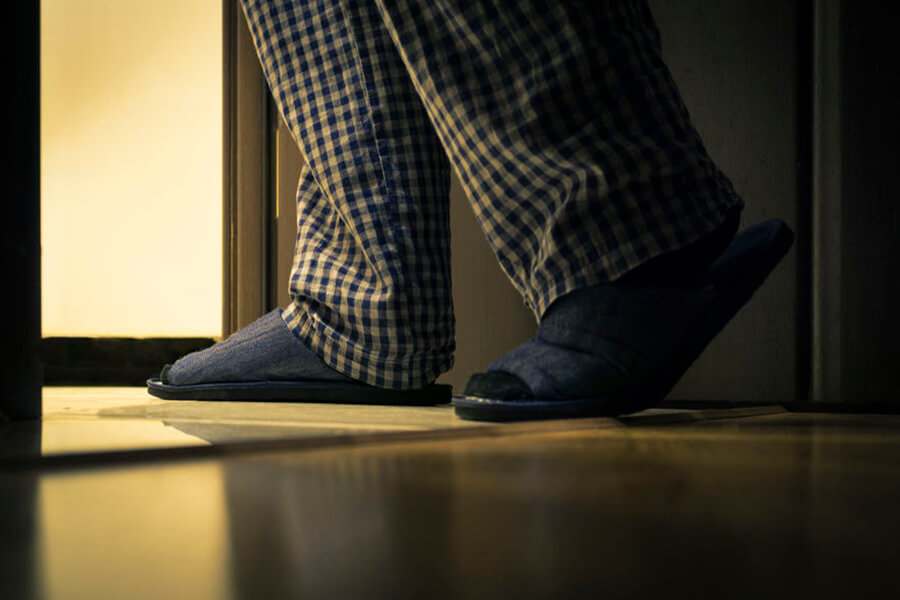There are many complications associated with diabetes. The condition is characterized by high blood sugar levels, which affect every organ system in the body. Therefore, patients must pay close attention to any changes they notice and notify their caregivers immediately.
Many believe that since diabetes is a disease of the pancreas, it would only affect the blood sugar levels and the heart. However, the raised blood sugar can cause permanent damage to any part of the body.
How can diabetes affect my feet?
One of the major complications of diabetes is foot problems. In diabetes, there could either be damage to the skin, the vessels, or the nerves. So, the common foot issues are:
-
Diabetic neuropathy
This is a chronic complication because it occurs after some years. Diabetes causes damage to the nerve endings, which is known as diabetic neuropathy. This presents with a tingling sensation, pain in the feet, and gradual loss of sensation to heat, cold, and pain. In essence, diabetics with this problem commonly have unnoticed cuts and blisters, which can become infected.
-
Peripheral arterial disease
There is reduced flow of blood to the lower extremities in diabetes causing a delay in wound healing. The patient subsequently develops a chronic leg ulcer, which becomes infected and leads to a gangrene. This might result in eventual amputation of part of the foot or the entire thing.
-
Skin changes
Diabetics can notice changes to the skin of their feet. The skin becomes very dry and begins to crack. Also, the foot can appear shiny with extensive hair loss. These skin changes could be a result of the neuropathy, which leads to a reduced production of oil and moisture that normally protect the foot.
There could also be presence of calluses on the feet too, which could get very thick and then break into open sores. In order to prevent foot complications, diabetics should regularly examine their feet for cuts and any skin changes, control and monitor their blood glucose levels, and wear protective footwear such as socks and shoes.

